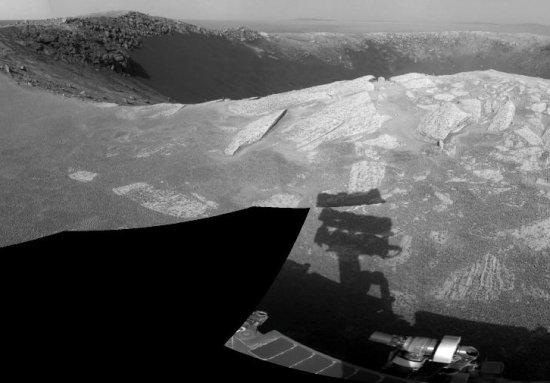For those who would are curious to hear me talk about the past year and what’s to come as well as celebrate the 42nd anniversary of the Christmas Eve reading of Genesis by the astronauts of Apollo 8, I will be appearing on David Livingston’s long running radio show/podcast, The Space Show, today at 9:30 am Pacific time (12:30 pm Eastern time). The interview is scheduled to last 90 minutes, but David and I usually end up going far longer.
Dr. Livingston has produced more than 1000 shows, interviewing almost every single important figure in the aerospace industry. As he noted recently:
The Space Show/One Giant Leap Foundation is a non-profit 501C3 and your contributions are deductible from your U.S. tax liability. But more important, your help is needed in getting the space message out there to as many as possible, including the movers and shakers in society and the space industry. Not only do we provide a platform for many of you and your own material, we play an increasingly larger and more important role in getting space development to go viral. However, we can’t do it without your help so if you are able to make a contribution to The Space Show/OGLF this year, not only will it be appreciated, it will be most beneficial in helping to achieve Space Show goals and objectives.
To this I heartily say, amen! If you want to find out what’s going on in the aerospace community, The Space Show is undeniably one of the best places to go. The show deserves our support, and for that reason I want to give it a enthusiastic plug. You can make contributions by Pay Pal on The Space Show website here or on the One Giant Leap Foundation website. Checks made payable to One Giant Leap Foundation, Inc. can be mailed to P.O. 95, Tiburon, CA 94920.


